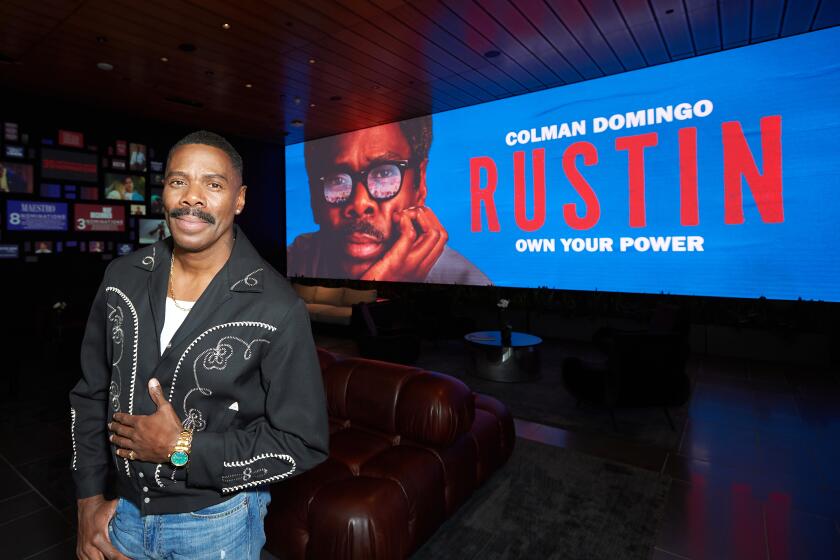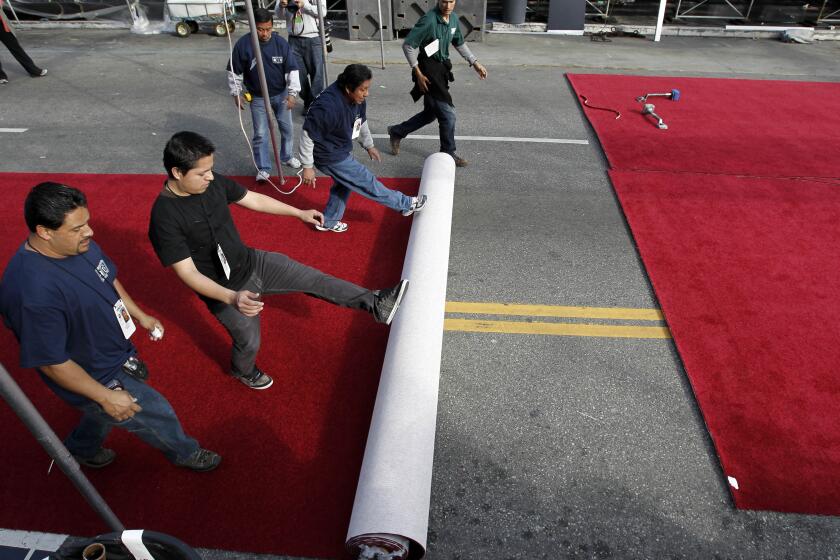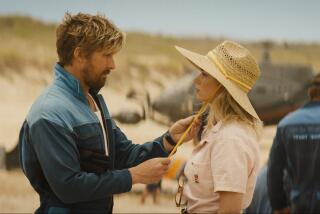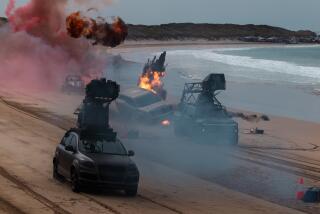Column: Stunt workers are unsung heroes of the movies. Give them an Oscar category
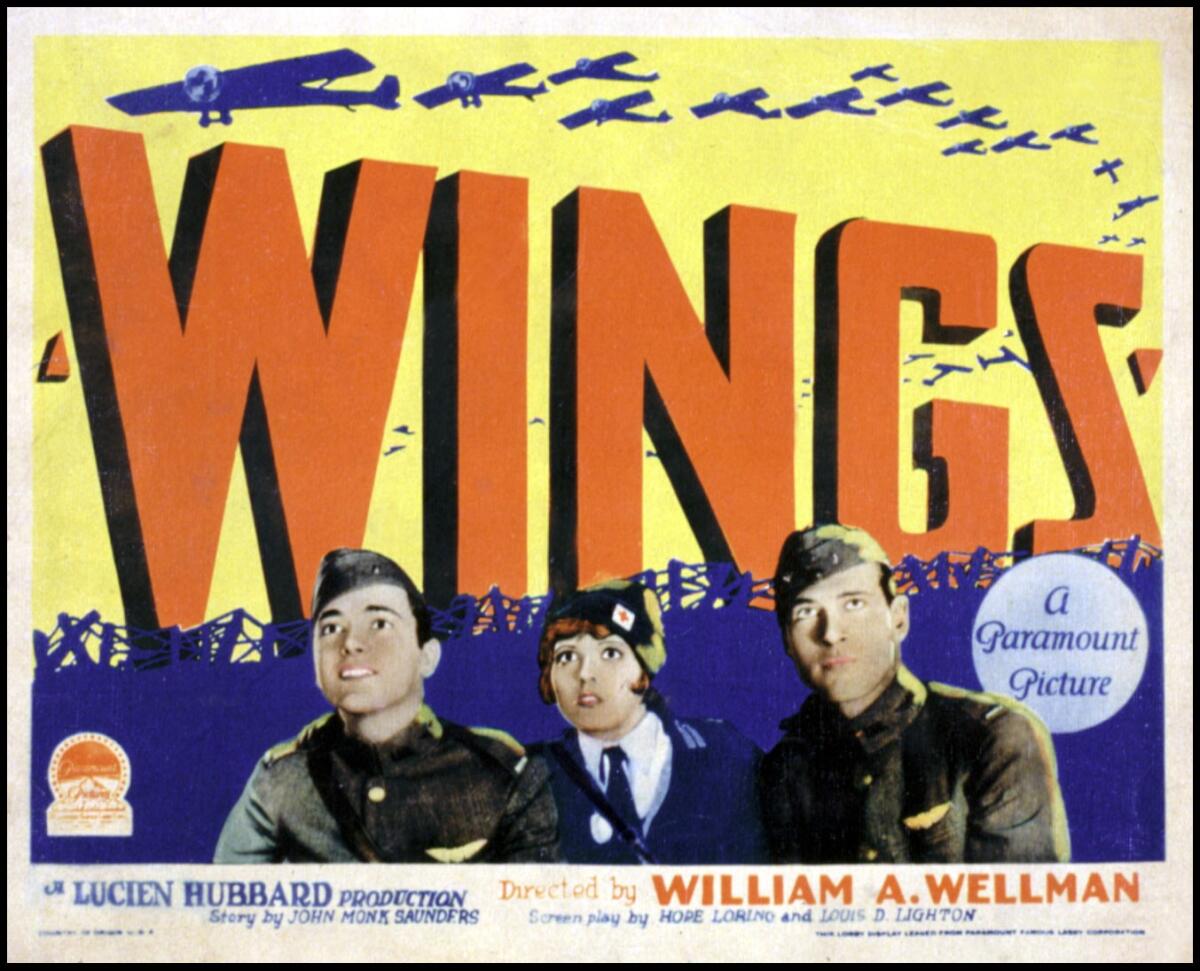
Itâs especially noteworthy that thereâs still no Oscar category for stunt coordinator because at the first Academy Awards, the movie that earned best picture did so by showcasing breathtaking stunt work. The 1927 film âWingsâ was nominated in only one other category â engineering effects â when it took home the trophy for what was then called âOutstanding Picture.â
Since then the academy has selected 15 more war movies as the yearâs best, with âOppenheimerâ expected to make it 17 this weekend. Most of them were undergirded by the brave men and women who put themselves in harmâs way to make the cinematic experience as lifelike as possible.
Opinion Columnist
LZ Granderson
LZ Granderson writes about culture, politics, sports and navigating life in America.
Thatâs how âWings,â a film about a love triangle set during World War I, could win the nightâs biggest prize without its actors, director or screenwriters receiving a nomination. Thatâs not to say they werenât snubbed (if you believe in such a thing). But clearly voters were in awe of the coordination of a dozen tanks, hundreds of planes and 5,000 extras â soldiers, actually. The film was shot in San Antonio â affectionately known as Military City â where the War Department was eager to support movies featuring patriotism. In todayâs numbers, it is estimated the government supplied the âWingsâ filmmakers with more than $250 million in manpower and equipment. Directed by William Wellman, a wartime pilot who had been shot down by Germans in 1918, the film is preserved by the Library of Congress.
There have always been people who were both Black and queer. Prejudice has tried to hide them. Hollywood can correct that.
Over the decades, technology has enabled creatives to bring fictional galaxies to Earth and extinct dinosaurs back to life. And the Academy of Motion Picture Arts and Sciences has come to recognize the storytelling contributions of the special effects industry. Same goes for sound, hair and makeup, and costume design. And yet stunt coordinators are still not honored with a category. The academy clearly loves war movies, and yet the people most responsible for making those films feel real are not celebrated.
Not to mention there wouldnât be summer blockbusters or slapstick comedies without stuntmen, because not everyone is made for that Tom Cruise life. The actor is famous for not only doing his own stunts but also breaking his own bones. And not just him. Daniel Craig has done a number of interviews talking mostly about the scores of injuries that came with James Bond stunt work â and keep in mind, he didnât do all of the stunts in the films.
Itâs been 35 years since she first sang âFast Carâ at the Grammys, a ceremony crowded with closeted queer performers. The world has changed a lot. Chapman hasnât.
Many members of the crew and cast of âBlack Panther: Wakanda Foreverâ first had to learn to swim before shooting began because half of the film is underwater. Incredibly, that filmâs aquatic stunt team worked with novices and helped turn a comic book film into an Oscar winner. And disappointingly, there wasnât a way to celebrate their critical work at the movie industryâs biggest night.
After seven films and 30 years of Cruise running on rooftops and jumping out of planes, his âMission Impossibleâ series finally received two Oscar nominations: for best sound and best visual effects. Wouldnât it be nice if by the time the eighth installment is released in 2025, thereâs a stunt coordinator category waiting for it?
Even far from the entertainment industry, your job might entail its own version of these competitions â which sometimes actually matter.
There could not have been a âBraveheartâ as we know it (which won best picture in 1996) without a stunt coordinator. Same with âPlatoonâ (in 1987), âDeerhunterâ (in 1979) and âPattonâ (in 1971).
What is âLawrence of Arabiaâ (which won in 1963) without the stunts performed on camelback? In fact Peter OâToole, who received an honorary Oscar in 2002, almost died making the film after a gun meant to signal the start of a scene fired prematurely. OâTooleâs camel was startled, and he fell off as a stampede of horses approached. Fortunately, the camel was trained to shield him from harm.
The tragedy surrounding the making of âRustâ and the death of cinematographer Halyna Hutchins is a painful reminder that filmmaking isnât without its dangers. And the people responsible for coordinating the exciting stunts are also the ones minimizing danger.
Not only that. Theyâre also often the ones guaranteeing the laughs.
Earlier this year Conrad Palmisano passed away. Be sure to look for him in the âIn Memoriamâ segment of the broadcast. He was the stunt coordinator for âWeekend at Bernieâs,â âSleepless in Seattleâ and sequels of âRush Hour,â among other classics. The man was an icon, whose stunt work goes all the way back to âThe A-Team.â
âRichard Burton once complained to me,â Palmisano recalled in an interview. âHe said: âI do a soliloquy of Shakespeare and I donât get anything out of the crew. You fall down a flight of stairs, everyone applauds.â I said: âWhat are you complaining about? Youâre married to Elizabeth Taylor.â â
Itâs a great quip about the chasm between Hollywoodâs stars and the stunt doubles responsible for some of our most visceral responses in the theater. As a member of the academy, Palmisano lobbied for years to have the Oscars formally recognize his fieldâs contribution to the industry.
Going all the way back to the very first award show, in 1929, itâs been clear that stunts are essential to great filmmaking. Thatâs why when it comes to the topic of Oscar snubs, this feels like the biggest one every year.
Itâs also one the academy could easily remedy.
More to Read
A cure for the common opinion
Get thought-provoking perspectives with our weekly newsletter.
You may occasionally receive promotional content from the Los Angeles Times.

